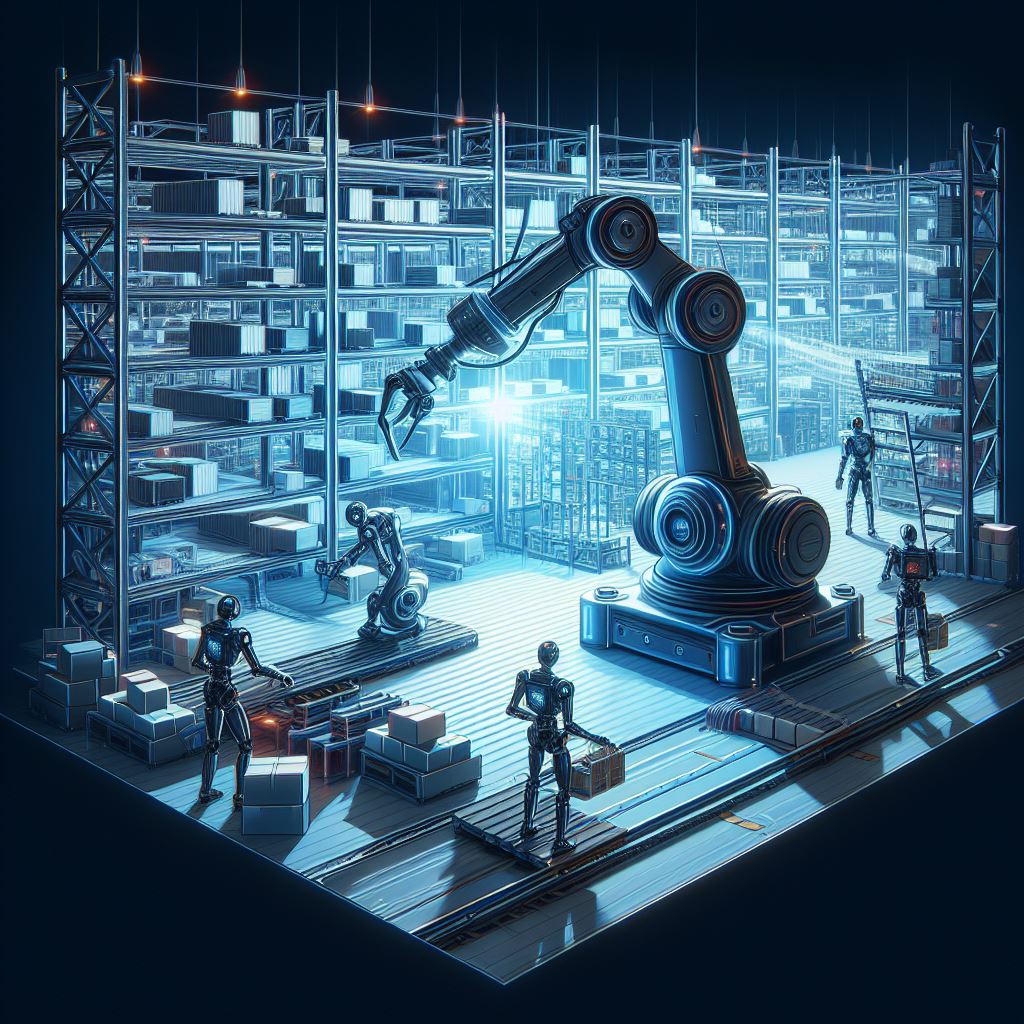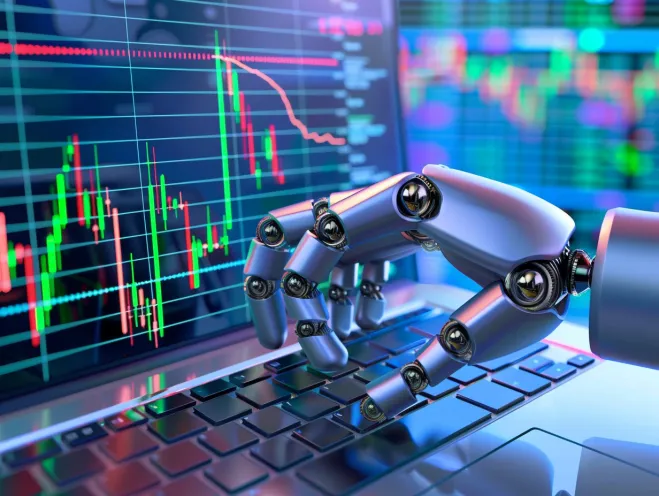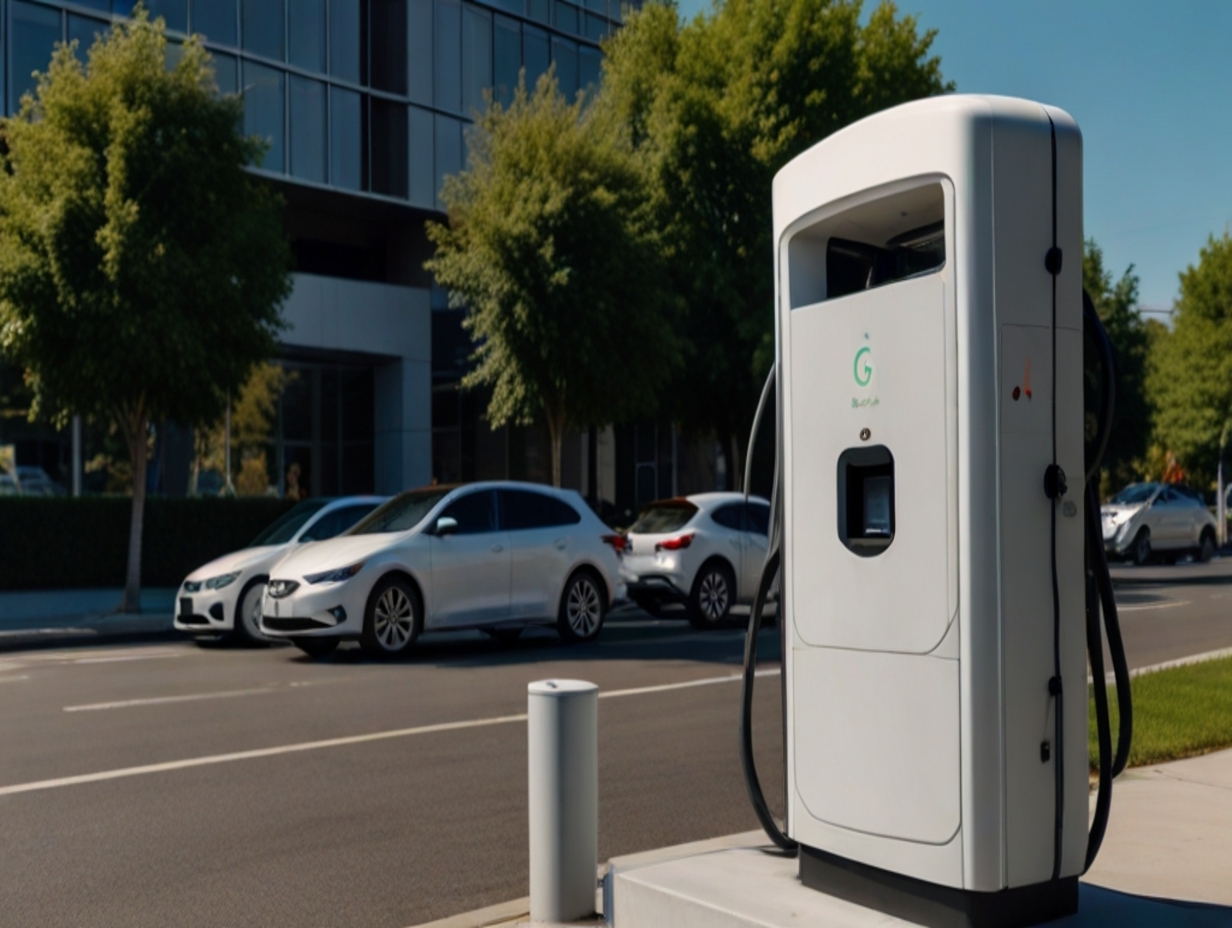In a breakthrough development poised to transform warehouse logistics, MIT researchers have unveiled a revolutionary AI model designed to streamline operations in robotic warehouses. With the surge in e-commerce and manufacturing, the demand for efficient warehouse management has never been higher. Traditional algorithms have grappled with the complexity of coordinating the movements of numerous robots within these colossal warehouses. Yet, this new AI model promises to revolutionize the landscape by identifying optimal solutions to decongestion, significantly enhancing overall efficiency.
Warehouse dynamics – Redefining efficiency through Robotic Tetris
The bustling floor of a robotic e-commerce warehouse resembles a high-speed game of “Tetris,” with hundreds of robots darting back and forth to fulfill orders. However, orchestrating the intricate dance of these robots poses a formidable challenge. Traditional search-based algorithms struggle to prevent collisions and optimize routes, particularly in real-time scenarios where replanning occurs every few milliseconds. Recognizing the urgency of the situation, MIT researchers turned to machine learning to address this pressing issue.
In their pursuit of a solution, the MIT team encountered the fundamental challenge of real-time replanning. With robots being replanned approximately every 100 milliseconds, the need for rapid decision-making was paramount. This necessitated a departure from conventional approaches towards a more adaptive and efficient solution, thus laying the groundwork for the development of the AI model.
Enhancing coordination – The role of relationships in warehouse optimization
Central to the success of the new AI model is its ability to reason about the intricate relationships between individual robots within the warehouse. Unlike conventional approaches that treat each robot independently, this model takes into account the dynamic nature of their interactions. By grouping robots and analyzing their collective behavior, the AI model identifies actionable areas for decongestion, thus maximizing efficiency. Also, it streamlines computation by leveraging shared information across different robot groups, minimizing redundancy and accelerating decision-making processes.
Delving deeper into the intricacies of the AI model’s architecture, researchers highlight its remarkable efficiency in encoding complex relationships among robots. Unlike traditional algorithms that may overlook potential interactions between distant robots, this model considers all possible trajectories, ensuring comprehensive analysis and optimal decision-making.
The future of warehouse logistics with AI model optimization
As robotic warehouses continue to proliferate across various industries, the need for efficient management solutions becomes increasingly paramount. The advent of this new AI model represents a significant step towards addressing this challenge, offering a promising avenue for enhancing operational efficiency and reducing overhead costs. Yet, amidst the excitement surrounding this groundbreaking innovation, one question looms large: How will the widespread adoption of AI-driven optimization impact the future of warehouse logistics and supply chain management?
In light of these developments, stakeholders must navigate the evolving landscape of warehouse management with a keen eye on the potential implications of AI integration. Will this technology herald a new era of unprecedented efficiency and productivity, or are there unforeseen challenges lurking on the horizon? Only time will tell as industries embrace the transformative power of AI in reshaping the future of logistics.





